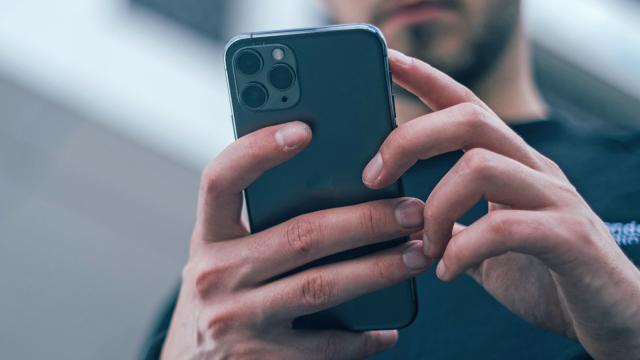File management has only recently arrived on smartphones in a serious way, but the default Files apps that now appear on Android and iOS are now steadily growing in terms of the functions and features they offer. In not much time at all, we’ve got from not being able to access the files on a phone at all, to having plenty of control over them.
As these apps are still relatively new, it may be that you’ve never opened them up, or at least never explored them fully. Whether your handset is made by an Android manufacturer or Apple, these are the features you can make use of — and you might find you can tidy up your phone’s internal storage along the way.
Android
Google Pixel phones and plenty of other Android devices will come with the Files app developed by Google itself. From the Browse tab, you can quickly jump to Downloads, Images, Videos, Apps and more — try tapping on Apps and then Large apps or Unused apps to see apps you might be able to get rid of to free up some room.
From the Browse tab, dig into the Internal storage folder to see everything on your phone. Tap the three dots next to any file to move it somewhere, copy it somewhere, rename it, share it with someone else, and more besides — you can also tap File info to get more details about it. You’ll find similar options next to a folder if you tap the three dots next to one, though there aren’t as many.
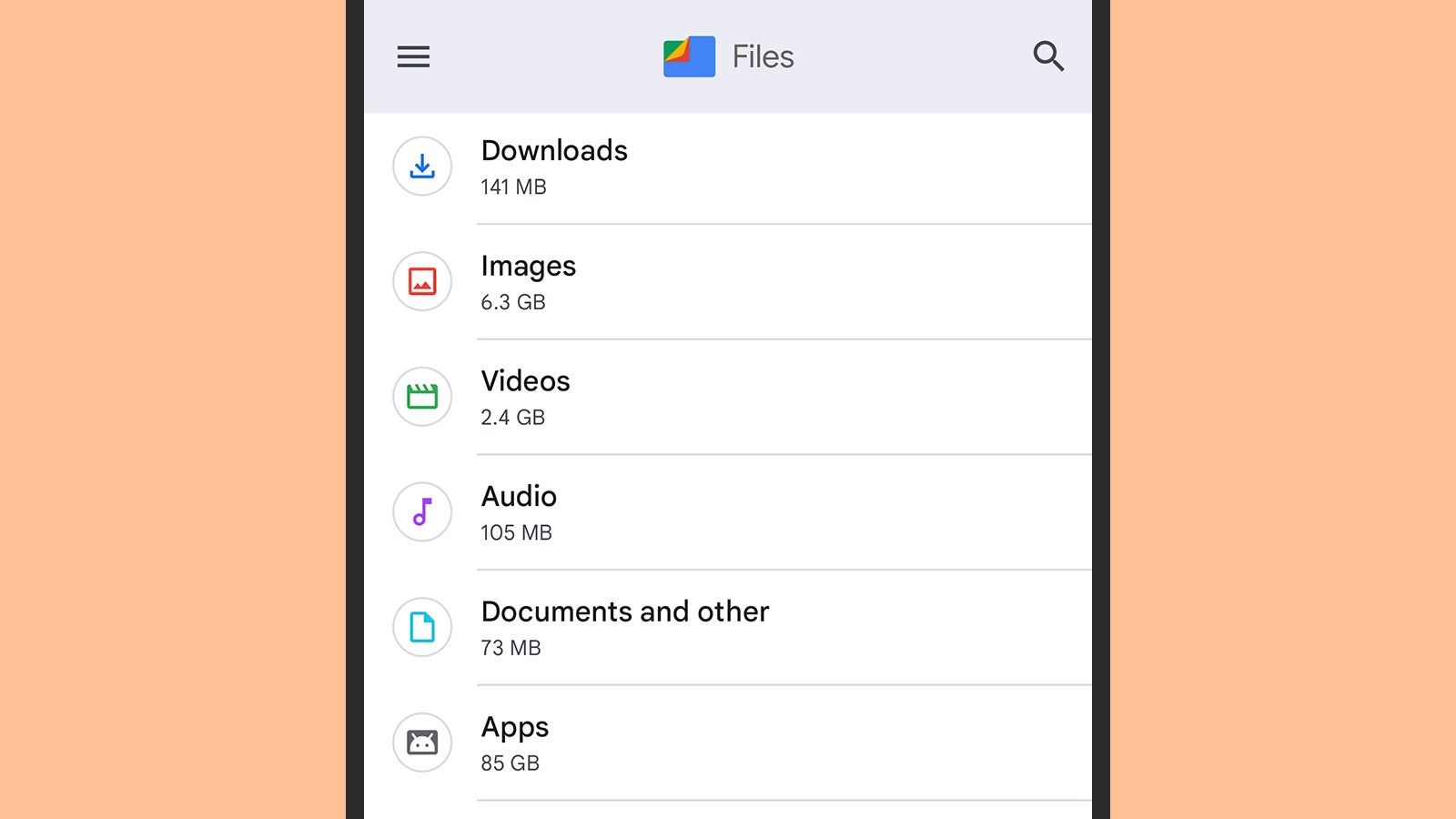
Amongst these options for individual files, you’ll find a Move to safe folder option: This is a PIN-protected or pattern-protected folder on your device that you can use to store your most sensitive images, videos, and documents. Even if someone should gain access to your phone, they won’t be able to get into your safe folder. After adding files to it, you can find it by tapping Browse and then Safe folder.
Tap the Clean tab and the Files app will give you some suggestions about files you can remove to free up some space. These might include temporary files that you don’t really need any more, duplicate images in your photo library, screenshots in your photo library, and large files. Be careful to review each of these options before wiping the files.
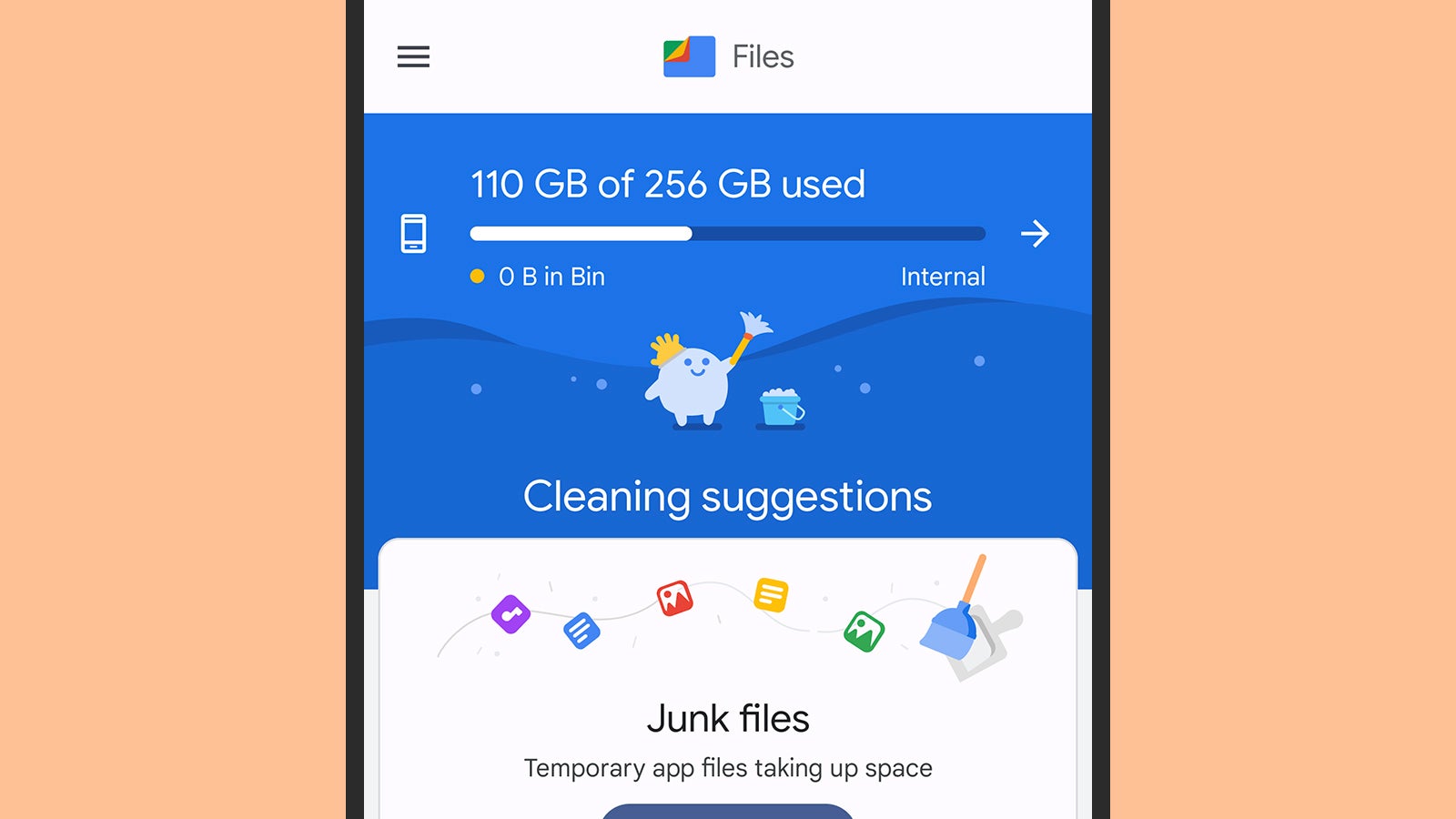
The third tab in the Files app interface is Share, and this is where you can take advantage of the Nearby Share feature built into Android — sending files to nearby Android devices using a mix of wifi and Bluetooth technologies. Just tap Send or Receive, depending on the operation you wanting to do, and then follow the instructions on screen (you’ll also need to be communicating with a device that can use Nearby Share).
If you’re on a Samsung device, then you’ll have Samsung My Files installed (though you can also use the Google Files app if you prefer). The features and options here are broadly similar, though in the case of the Samsung app, you need to tap Analyse storage rather than Clean to see some suggestions regarding files you might be able to get rid of.
iOS
Over on the Apple iPhone, you’ve again got an app that is again rather sensibly called Files. It does a good job of giving you access to the files on your phone as well as the files you’ve got stored in your various cloud storage accounts (including iCloud), and moving files between these locations when required. You’ll also find several features that are also available in macOS.
One of those features is the ability to tag files: You’ll see these tags listed on the Browse tab, and you can rename any of them with a long press. To tag a file inside the Files app, long press on it and then choose Tags from the menu that pops up; the same menu also lets you copy, move, share, delete and rename files, and more besides.
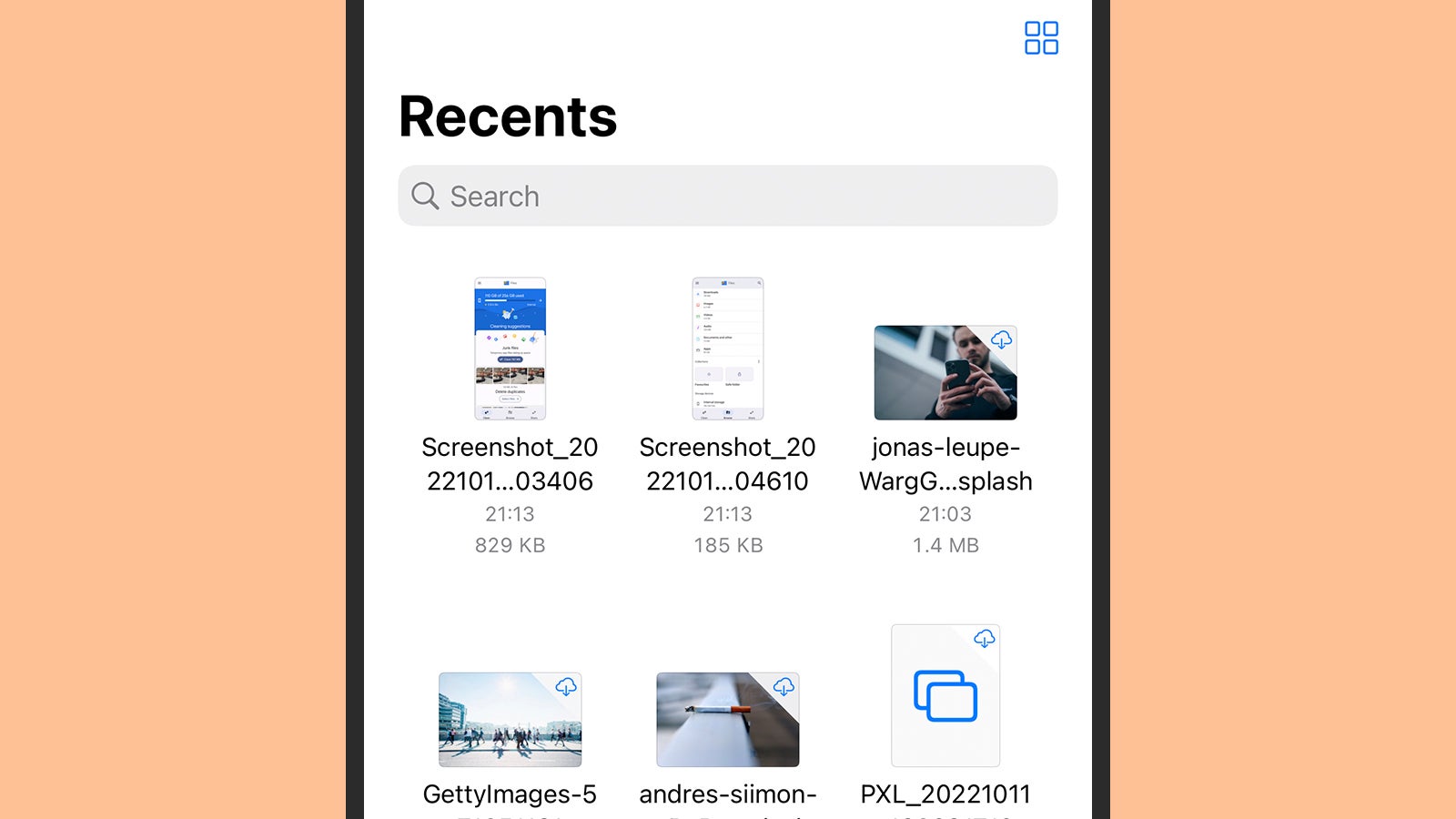
Tap the three dots up in the top right corner of the Browse tab, then choose Edit, and you can choose which cloud storage services are included in the Files app — you’ll see options such as Google Drive, Microsoft OneDrive and Dropbox listed here, assuming these apps are installed on your iPhone.
Having these additional services integrated into the Files app makes it very straightforward to move files from your iPhone to the cloud and back again (or even between various cloud services). Again, you can long press on files to see the copy and move options, and other features such as Quick Look and New Folder with Item.
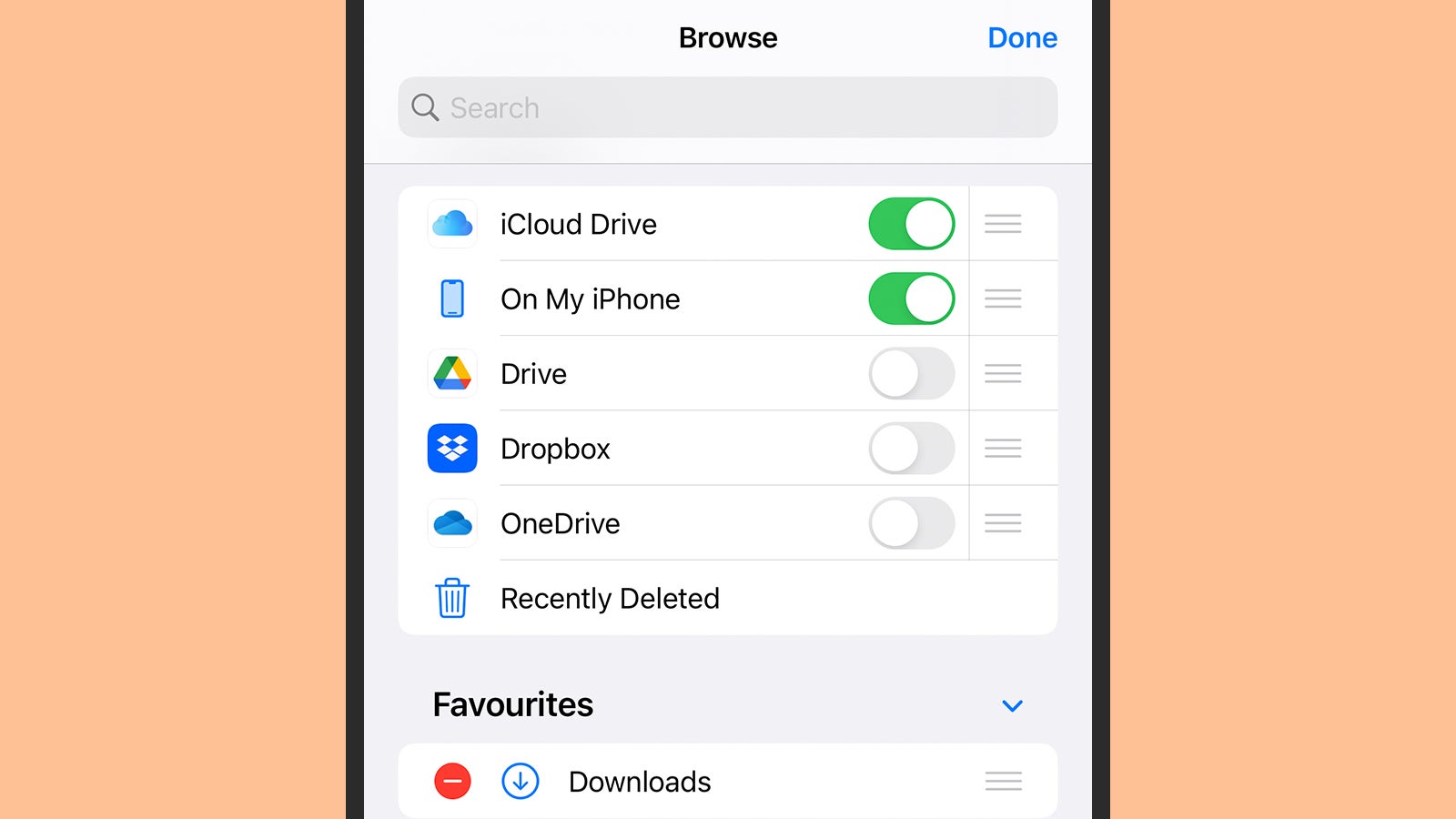
When you’re inside the iCloud Drive or On My iPhone screens from the Browse tab, tap the three dots up in the top right-hand corner to access a host of options: You can change the view of the files (Icons or List), you can change the way that the files are sorted, and you can select multiple files and create new folders. There’s also a Scan Documents feature for scanning files into your phone via the device’s camera.
The other two tabs in the iPhone Files app are Recents (for quickly getting at files that have been recently created or modified) and Shared: That latter tab is where you can find the files and folders you’ve shared with other people via iCloud Drive, and you can manage ongoing access to these files as needed.
